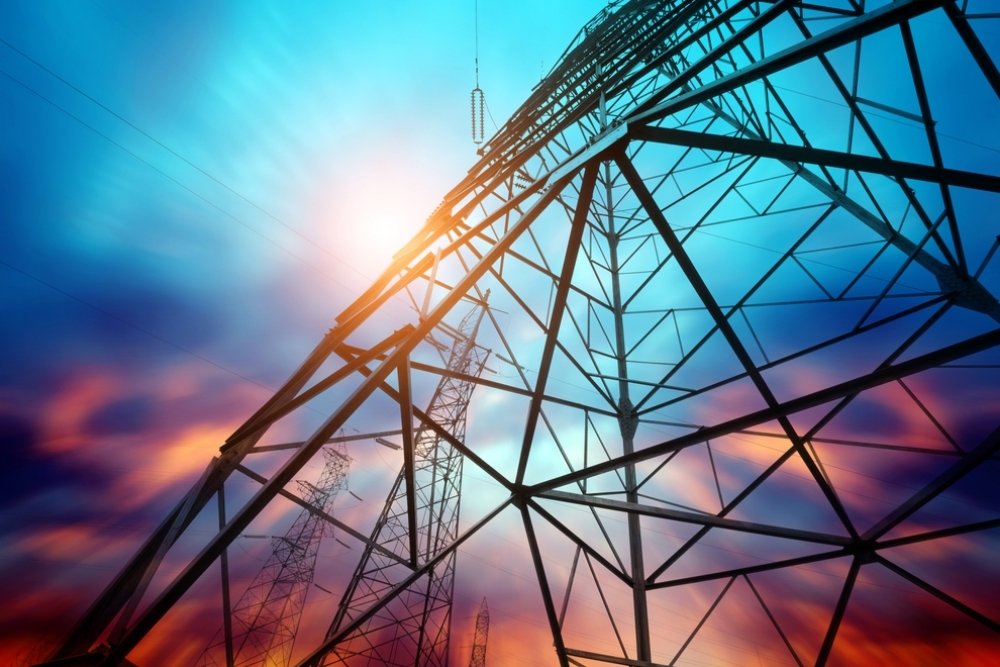Focusing on an imminent closing of the Navajo Generating Station (NGS) on Navajo land near Page, Coconino County’s board of supervisors recently met with officials from the U.S. Department of the Interior in Washington, D.C.
Coconino County supervisor Lena Fowler described the adverse impact that closing the NGS too soon would have on local resources from schools, hospitals and libraries to public services.
“Our special districts rely on these funds to provide services to the most vulnerable populations,” said Fowler. “We are encouraged by the participation of Secretary of the Interior Ryan Zinke … and that this issue is receiving appropriate attention in Washington. Everyone at the table understands the full impact that closing NGS will have. We are committed to making sure these impacts are understood and all partners work together to find solutions.”
Fellow supervisor Jim Parks expressed support of the Navajo Nation, led by Russell Begaye, and the Salt River Project (SRP), in their collective efforts to renew an agreement keeping the station operational through 2019.
“That will give us time to (breathe) and design education and agricultural opportunities in order to re-direct employment options for the Navajo Nation, Hopi and all those who will be impacted by the closure,” Parks said.
It is the board’s hope to decommission the plant with respect to the immediate area’s need for economic transition, according to the Coconino County government.
NGS is a 2250-megawatt net coal-fired power plant producing electricity for Arizona and Nevada customers as well as delivering enough power to pump 90 percent of the water required to maintain the Central Arizona Project (CAP) Aqueduct, which brings water from the Colorado River to urban areas.

